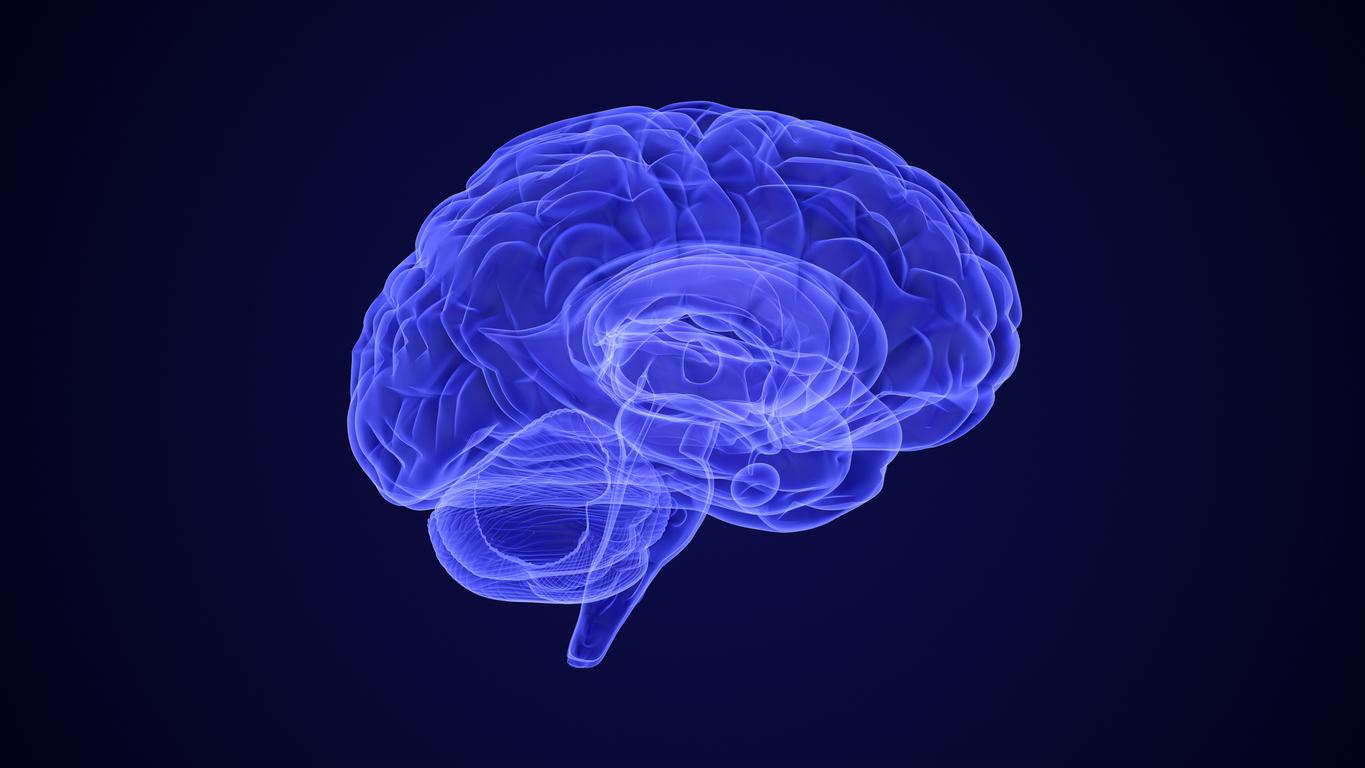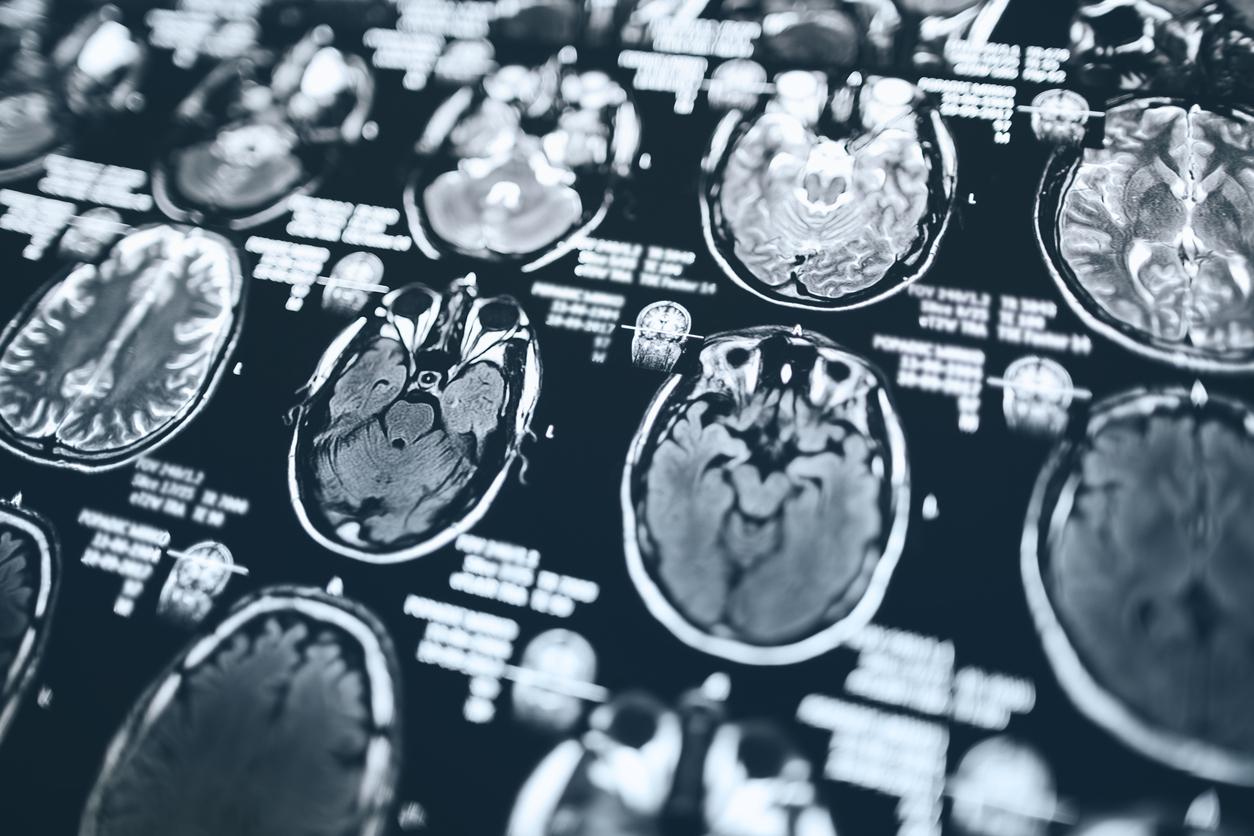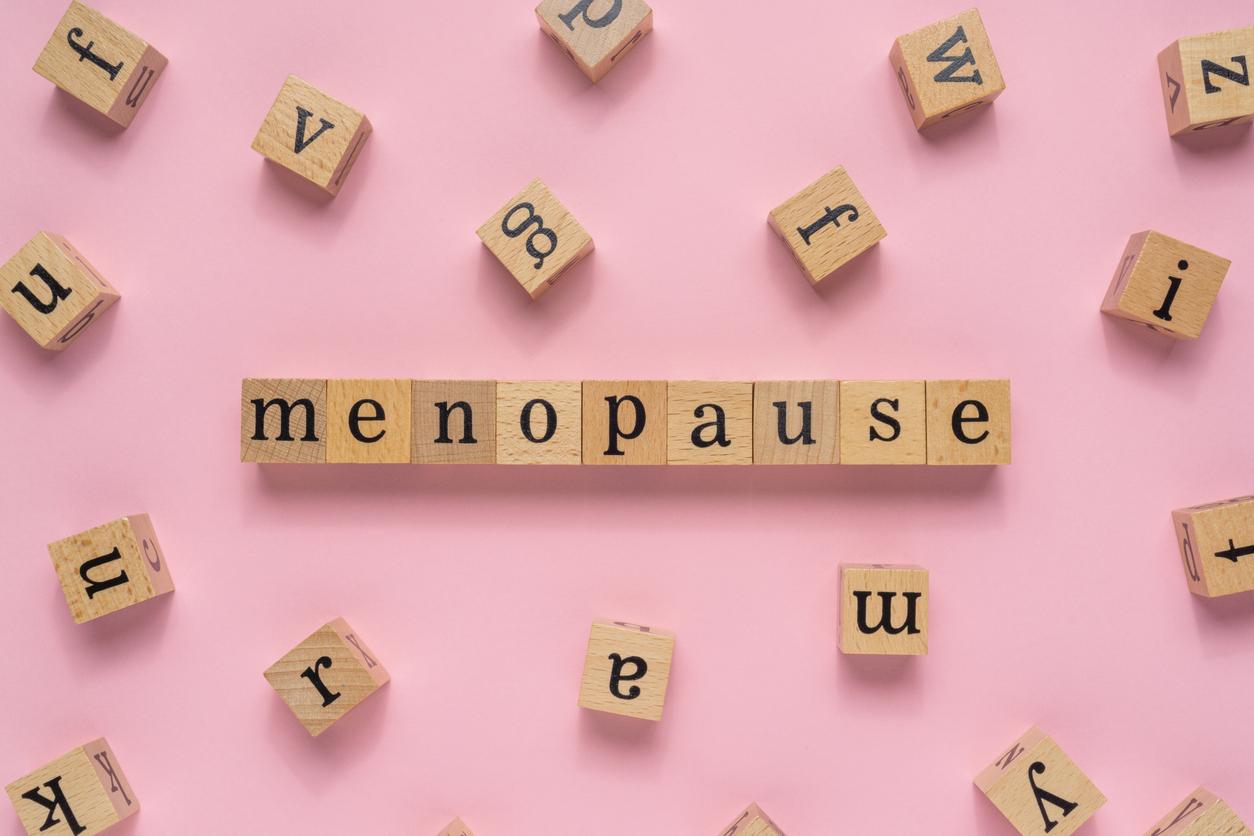A brain “pacemaker” that allows personalized and adjusted modulation of the brain’s electrical activity could improve symptoms in people with Parkinson’s disease.

- Adaptive deep brain stimulation (aDBS) is an improvement on a technique already used to reduce symptoms of Parkinson’s disease.
- It uses machine learning to adjust the level of brain stimulation delivered in real time based on the patient’s symptoms and needs.
- aDBS has also proven effective against insomnia, which affects many Parkinson’s patients.
Researchers at the University of California-San Francisco have developed a new method of deep brain stimulation that could improve the daily lives of Parkinson’s patients. This cerebral “pacemaker” monitors the patient’s brain activity to detect symptoms such as movement problems or insomnia and treat them accordingly.
Personalized brain stimulation to fight Parkinson’s
Currently, one of the treatments offered to patients with Parkinson’s disease after medication is deep brain stimulation (DBS). However, this device, which relies on implanting electrodes into deep structures of the brain, has a drawback. With its constant level of electrical impulses, it can overcompensate or undercompensate and cause significant variation in symptoms throughout the day.
To solve this, researchers at UC San Francisco developed adaptive deep brain stimulation (or aDBS). The device, which uses machine learning, delivers personalized electrical pulses around the clock based on changes in a patient’s symptoms. For example, it provides less stimulation while the medication is active to prevent excessive movement, and more stimulation as the medication wears off to prevent stiffness.
“The device captures brain signals to create a continuous feedback mechanism that can reduce symptoms as they arise. Users can exit adaptive mode or stop treatment altogether with a handheld device.”the researchers specify in a press release.
They tested the effectiveness of the approach in a clinical trial detailed in the journal Nature Medicineon August 19. They brought together four people with Parkinson’s disease treated with “conventional” deep brain stimulation (known as constant). In addition to this device, the volunteers benefited from the aDBS device. After several months of calibrating the algorithm, the participants were sent home, where the comparison test was carried out by alternating between “conventional” treatment and aDBS.
Result: The new self-adjusting device improved each participant’s most bothersome symptom by about 50% compared with traditional DBS. “Even though they were never told what type of treatment they were receiving, three of the four participants were often able to correctly guess when they were on aDBS because of the noticeable improvement in symptoms.”add the authors.

Insomnia: Adaptive deep brain stimulation could relieve it
A second study from the same university tested the impact of aDBS on insomnia, a disorder that affects many patients with Parkinson’s disease. Published in the journal Nature Communicationsthe results of this work demonstrated that the device could recognize brain activity associated with various sleep states and thus had the potential to relieve insomnia.
While aDBS appears to be a promising treatment, scientists working on its development acknowledge that there are still significant challenges to overcome, such as simplifying its initial setup, as it “requires a considerable contribution from highly qualified clinicians.”
“We see this having a profound impact on patients, with potential not only in Parkinson’s disease, but probably also for psychiatric conditions like depression and obsessive-compulsive disorder.”explains one of the lead authors of the first study, Philip Starr. “We are at the beginning of a new era of neurostimulation therapies.”

















